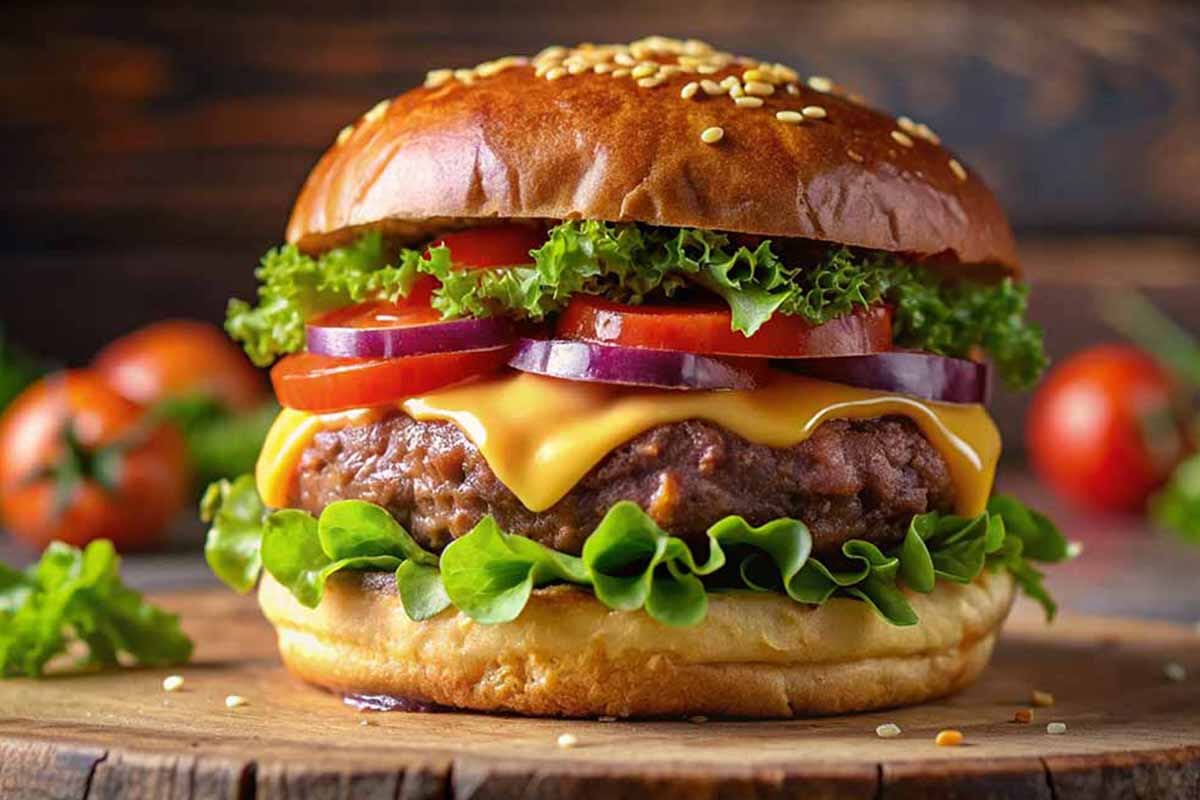Fast food trends come and go, but some names never truly disappear. After decades of fading from the spotlight, Roy Rogers is riding back into the American food scene. Its revival says a lot about the cycles of branding—how a chain can vanish, rebuild, and thrive again when nostalgia meets smart execution.
From Marriott’s Gamble to a Cowboy Icon
Roy Rogers didn’t begin in a test kitchen. In 1968, Marriott bought a Midwestern roast beef chain called RoBee’s. But there was one problem—Arby’s sued, claiming the name and Western look were too similar.
That’s when a board member connected Marriott to actor Roy Rogers’ agent. Soon, “The King of the Cowboys” himself agreed to lend his name and image. Roy Rogers was already a household figure, known for his movies, music, and cowboy charm. With him on board, a new fast-food brand was born.
The first restaurant opened in Falls Church, Virginia, in 1968. Unlike McDonald’s or KFC, Roy Rogers didn’t stick to one category. It offered roast beef, fried chicken, and hamburgers—a trio that set it apart. By the early 1970s, its cowboy hat logo and hearty menu were familiar sights along highways, drawing in families on road trips.
How the Brand Found Its Name
The name “Roy Rogers” wasn’t just branding—it was a shortcut to trust. People already liked Roy Rogers, the man. Associating his image with the restaurant meant customers felt comfortable trying it right away.
Marriott leaned on conversions, turning existing restaurants into Roy Rogers locations. The expansion strategy worked best along busy interstates, where road-trippers wanted variety in one stop. The menu’s flexibility was its strength: burgers for the kids, roast beef for dad, and fried chicken for mom.
The “Fixin’s Bar” sealed the deal. Guests could pile on lettuce, tomatoes, onions, and sauces to customize their sandwiches. It was memorable, interactive, and something no other chain offered at the time.
Rise, Fall, and What Went Wrong
By 1990, Roy Rogers had peaked with 640 locations. But then Marriott sold the brand to Hardee’s, and the decline began. Many locations were shut down or converted into Wendy’s, McDonald’s, or other chains.
By the early 2000s, only about 80 restaurants survived. The 2010s were even harsher, with visibility dropping to just a handful of Mid-Atlantic spots. A whole generation grew up without seeing the cowboy hat sign on road trips. Without that presence, nostalgia started to fade.
Still, the name never died. Loyal fans wrote letters, shared memories online, and begged for a comeback. The menu still made sense—people just couldn’t find it anymore.
Why the Revival Works Today
The turning point came in 2002, when brothers Jim and Pete Plamondon bought the brand back. Their father, Pete Sr., had helped launch Roy Rogers under Marriott and later became a franchisee.
Instead of chasing quick growth, the Plamondons took a careful approach:
-
Closing weak locations.
-
Listening to customer feedback.
-
Keeping fan favorites like the Fixin’s Bar.
By the 2010s, the chain started reopening in Maryland and Virginia. In the early 2020s, it invested in store remodels and updated designs while keeping the food familiar.
In 2025, Roy Rogers made headlines with a new restaurant in Cherry Hill, New Jersey. Lines wrapped around the block, proving the appetite was still there. Parents brought kids to experience the cowboy chain they grew up with, while younger diners discovered it for the first time.
Lessons From the Cowboy Comeback
Roy Rogers’ return offers big lessons for the fast-food industry:
-
Variety can win. While rivals simplify menus, Roy Rogers thrives by offering roast beef, burgers, and chicken all in one place.
-
Memorable touches matter. The Fixin’s Bar became a cultural icon, giving customers an experience they talked about for years.
-
Family leadership builds trust. The Plamondons protected the brand’s heritage while adapting to modern tastes.
-
Geography matters. Sticking to Mid-Atlantic roots kept the brand strong instead of overextended.
Comebacks don’t work on nostalgia alone. Customers might try a brand once out of curiosity, but only consistent quality brings them back. Roy Rogers paired the memories with solid execution, which turned buzz into loyalty.
The Road Ahead
Roy Rogers is not trying to become the next McDonald’s or Chick-fil-A overnight. Its strategy is slower and steadier—adding locations where it makes sense and building excitement one region at a time.
For fans, the comeback feels like a reward for their patience. For newcomers, it feels fresh because the mix of menu variety and customization is rare in today’s fast-food scene.
Roy Rogers shows that revivals succeed when history, flavor, and execution align. The cowboy hat logo isn’t just nostalgia—it’s proof that a clear identity, strong leadership, and loyal fans can bring a brand back from the brink.
